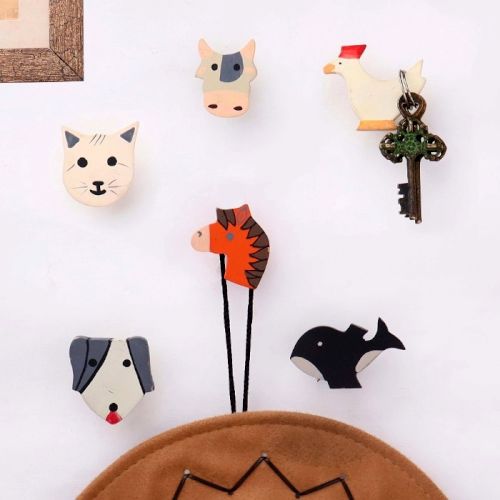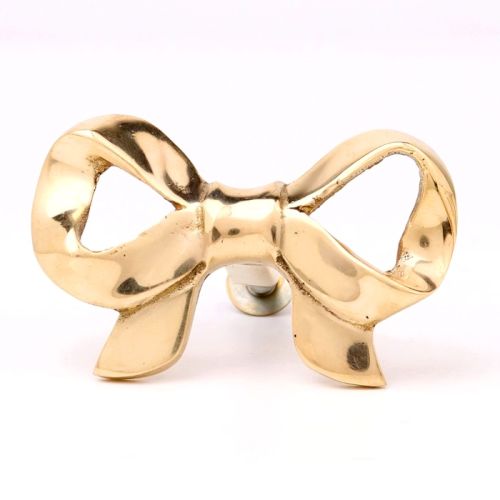A guide to buying blanket: Everything you need to know
When night temperature drops, the first thing that you keep on looking for is a cozy blanket. A good blanket can add a layer of comfort for a good night's sleep. Blankets come up in numerous varieties. A blanket is the star of your bed. To buy a blanket, follow these tips to know how to choose the best blanket to help you.
Factors to look for when buying a blanket
Choose the right size
If you are buying a blanket for your bed, make sure that it is of the right size. It should be large enough to cover the mattress and a few extra inches that can be tucked around the sides and bottoms. The size of blankets varies from one manufacturer to the other.
Some of the major sizes include:
Right fabric/strong>
Choosing the right fabric for a blanket is quite tricky, but it is highly essential. Different fabrics come up with different benefits. So, try to choose one that can perfectly suit your needs.
Cotton:
Cotton blankets are a good option as you can easily wash them repeatedly. Anyone who suffers from constant allergies should try to choose a cotton blanket. Depending upon the type of weave, a cotton blanket is lightweight enough and can be used as a summer blanket. You can also use it when the autumn season strikes, and you don't want to go for a too-heavy blanket. You can also look for organic blankets if you prefer a green lifestyle.
Wool:
Wool is one of the most preferred materials that is used for blanket making. Wool is heavy, warm, and has excellent insulation capability. It also enables the moisture to evaporate quickly. Make sure that you are not allergic to wool when you choose a woolen blanket.
Down:
the down blankets are similar to a down comforter. But, it is thinner and lighter. These blankets have a layer of feathery down that is sandwiched between layers of fabrics. The best part about down blankets is that they are lightweight but quite warm. People who are allergic to feathers should look for a synthetic substitute.
Cashmere:
These are the most luxurious options when it comes to choosing a blanket. The best part about these blankets is that they are warm and silky. The only disadvantage is that they are quite expensive.
Synthetic:
there are lots of synthetic fabrics that are used for manufacturing blankers. Some of these include acrylic, polyester, and microfiber. Synthetic fibers are warm, but they attract lots of static electricity. So, make your choice wisely.
Fleece:
Fleece is another important material that is used for blanket making. These blankets are cozy, warm, and too lightweight of which the fleece blankets are perfect for kids. It can wick away moisture easily. Thus, they are perfect for a children's bed.
Vellux: Vellux is known as the hotel blanket. These blankets contain a thin foam core that is surrounded by soft nylon plush with a velvety texture. The best part about the vellux blankets is that they are hypoallergenic. These blankets can easily withstand repeated washing. Anyone who faces allergies can easily go for the vellux blankets.
The weave of the blanket: The weave of the blanket is another important factor that you need to consider. Different weaves provide different levels of warmth and weight.
Thermal weaves: these are found in cotton blankets. The thermal weave blankets are loose, and it lets air circulate easily.
Knit: The knit blankets are heavy and warm. These are mostly made up of wool and synthetic material.
Quilted blankets: Down blankets are generally quilted.
Conventional: This weave is quite tight and close. Thus, it creates excellent insulation for the body.
So, the next time you are going to purchase a blanket, make sure to check all these factors.


